
From the rugged Scottish Highlands to sandy Cornish shores, the UK is brimming with spectacular wildlife havens. Explore our most breathtaking natural landscapes with Boundless
From minke whales to golden eagles and seals, Britain is teeming with fascinating wildlife – proving that you don’t need to go abroad for awe-inspiring glimpses of nature. Even in urban areas, there’s a surprising array of parkland, woodlands, heaths and riverside habitats in which animals dwell.
We take a look at some of the best locations across the UK for spotting wildlife.
Jump to:
- Where to see wildlife in Scotland
- Where to see wildlife in England
- Where to see wildlife in Wales
- Where to see wildlife in Northern Ireland
Already a Boundless member? Simply log in to gain full access to all the offers and benefits included in your membership.
Not yet a member? If you're working in or retired from the public sector or civil service, Boundless has two great membership options to choose from: Boundless and Boundless Plus. Enjoy unlimited access or discounted entry to many of the UK’s top attractions, as well as year-round deals on restaurants, holidays, shopping and much more.
Where to see wildlife in Scotland
Experience the wilderness of Cairngorms National Park

Spot golden eagles in the Cairngorms National Park/Credit: Getty Images
For true wilderness, look no further than the Cairngorms in the eastern Scottish Highlands.
In the heart of Cairngorms National Park is Britain’s largest nature reserve, Mar Lodge Estate, which is home to Scotland’s ‘Big Five’: the red deer, red squirrel, harbour seal, otter, and golden eagle.
It is one of the top spots to see these animals in their natural habitat—and even more species, including mountain hares, merlins, and pine martens. With a quarter of the UK’s threatened species calling this pristine landscape home, Cairngorms is a must-visit destination for wildlife lovers.
Mar Lodge Estate is free to visit, but as a Boundless Plus member, you benefit from unlimited access to all National Trust for Scotland places and free parking.
Loch Lomond and The Trossachs National Park
Queen Elizabeth Forest Park
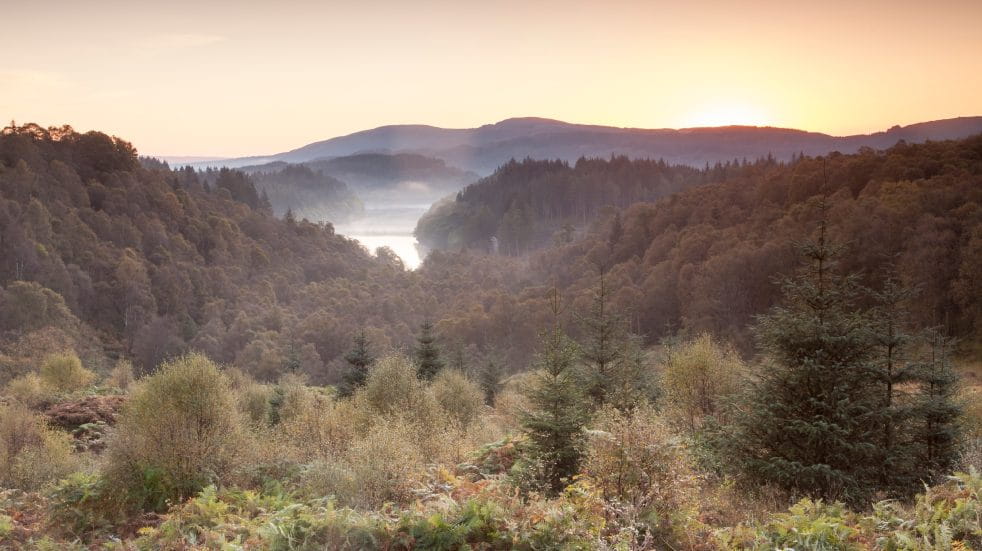
Roam in the spectacular Queen Elizabeth Forest Park/Credit: Getty Images
This 50,000-acre forest park spans from the eastern shore of Loch Lomond to the rugged landscapes of Strathyre.
This is Scotland in miniature, a landscape of verdant hills, sparkling lochs, and captivating glens. Otters play in the rivers, but it’s the ospreys you’re more likely to see diving for trout in the lochs. Keep an eye on the sky – if you're lucky, a golden eagle may be spotted soaring overhead, hunting for hares and rabbits.
Red and roe deer roam the woodlands, while red squirrels are often spotted around the region’s villages. For a closer look, visit the special viewing hide at the Lodge Forest Visitor Centre.
While you’re in the area, there are several fascinating National Trust for Scotland places to explore, including Bannockburn, Dollar Glen and The Pineapple. What’s more as a Boundless Plus member, you gain unlimited access to all National Trust for Scotland places.
Ben Lomond
If you’re a keen hiker, then why not bag the peak of Ben Lomond? While it’s not one for inexperienced walkers, the rewards are great.
With spectacular views of Loch Lomond, Scotland’s most southerly Munro is a great place to spot a variety of wildlife, including ptarmigan and ravens, skylarks and wheatears, black grouse, and even pine martens.
Glasgow Ramblers group regularly organises guided hikes to Ben Lomond and the surrounding area – and don’t forget that, as a Boundless Plus member, you’ll benefit from access to these.
To help you plot your route, Boundless members get 20% off Ordnance Survey (OS) annual Premium subscriptions and 10% off all OS paper maps.
Where to see wildlife in England
Spot wild boars in the Forest of Dean
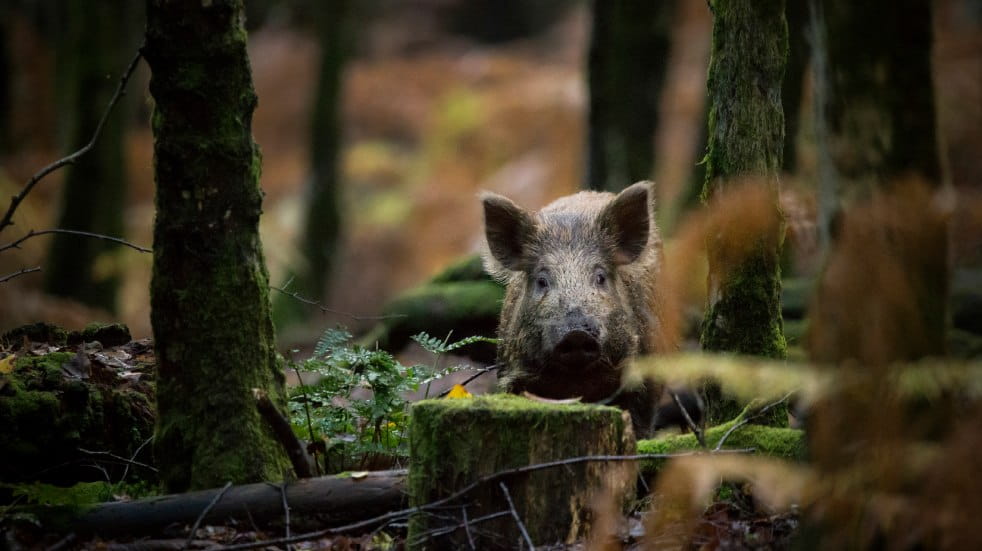
Keep an eye out for wild boar in the Forest of Dean/Credit: Getty Images
The Forest of Dean is a birders’ paradise, with rare species like crossbills and hawfinches flitting among the common woodland birds.
Climb New Fancy View, a former mining spoil heap transformed into an observation tower, and enjoy a 360° panorama of the forest and its birdlife across the canopy of trees. Visit in early spring, and you’ll be treated to a breathtaking display as goshawks and buzzards perform courtship flights high above the treetops.
For a closer look at forest life, head to the RSPB’s Nagshead Reserve near Coleford in April or May, where you’ll hear an enchanting chorus of woodland birds, including migrant species like pied flycatchers, redstarts and wood warblers among the oaks.
As you wander, you might notice patches of earth roughly ploughed along the grassy verges – evidence of wild boar activity. Walk along the wide forest trails near Speech House at dusk, and you may even spot these elusive creatures passing through.
Why not make the most of your visit to this beautiful region and stay for a weekend, or even a week? Boundless members can also save up to 20% on all stays at Whitemead Forest Park, in the heart of the forest with plenty of footpaths leading directly from the site. For further inspiration, here is our pick of the best walks in the Forest of Dean.
Minchinhampton and Rodborough Commons, the Cotswolds
Wildflower-rich grasslands are a rare treasure in southern Britain, but these 335 hectares offer a spectacular summer display. Managed by the National Trust, the area is maintained through year-round grazing by 500 cattle, preventing invasive scrub from taking over. The commons are home to several orchid species, the rare pasque flower, cowslips, and many other declining but beautiful plants.
This vibrant floral show draws an array of butterflies, including the dazzling Adonis blue and the gem-like Duke of Burgundy. As skylarks sing overhead, explore the fascinating Iron Age earthworks and take in breathtaking views across the Severn Valley.
Just 45 minutes away, in the picturesque Cotswold village of Bourton-on-the-Water, are the Boundless-owned Cotswold Cottages. Members can save up to 20% on stays.
Cotswold Motoring Museum is also in the village and makes a great day out if you’re making a weekend of it. Boundless members get unlimited access to the museum.
Discover urban wildlife in London
Just outside central London, you’ll find incredible parklands teeming with diverse wildlife that feels a world away from the bustling city.
Listen out for the deer rut in Richmond Park
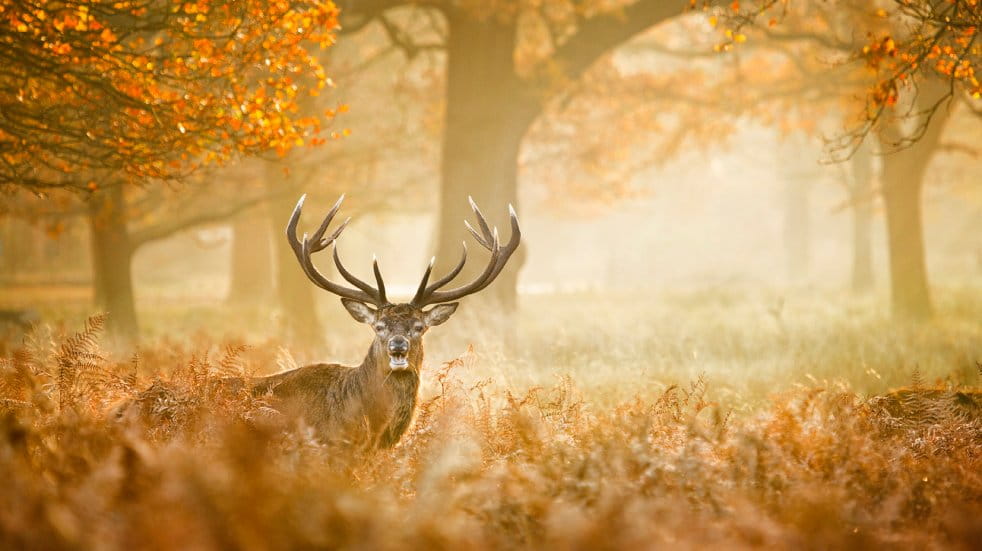
Spot deer in London's sprawling Richmond Park/Credit: Getty Images
The largest of the eight Royal Parks, Richmond Park was named as one of the UK’s top natural wonders by Sir David Attenborough – showing that you don’t have to leave the city to experience nature at its finest. Spanning 2,360 acres, the park’s fallow and red deer – over 630 of them – are a highlight, especially during the autumn rutting season.
Keep an eye out for other wildlife, including owls, bats, woodpeckers, falcons, kingfishers, dragonflies, and the striking purple emperor butterfly. Sir David also gives a special mention to the park’s impressive stag beetles.
Home to an array of wildlife, including badgers, woodpeckers, owls and hedgehogs, nearby Kew Gardens is also well worth a visit. Boundless members benefit from unlimited access, plus 50% off for one additional adult and free admission for up to five children per visit.
Explore the majestic Farne Islands
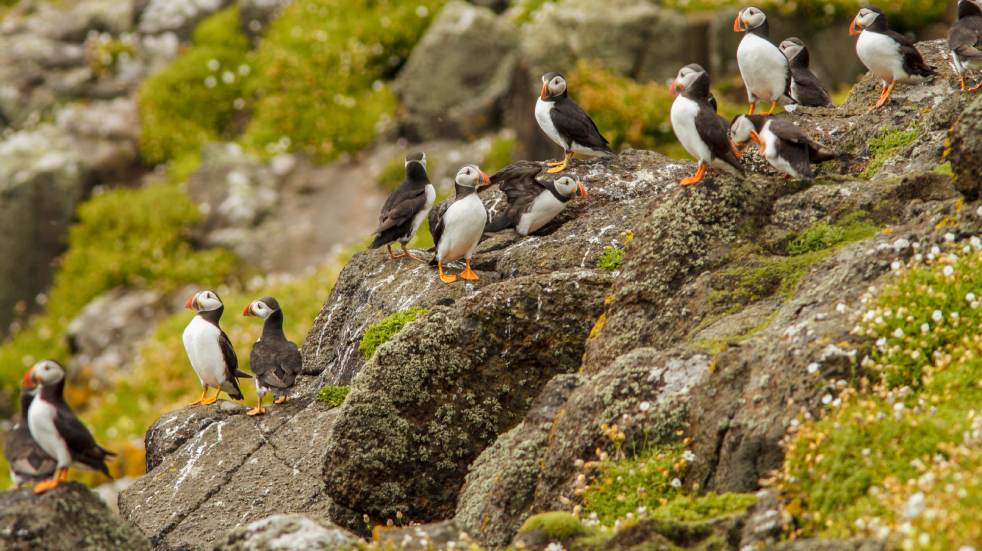
The Farne Islands is a haven for seabirds/Credit: Getty Images
Take a boat trip from Seahouses in Northumberland and, four miles out from the coast you’ll encounter the Farne Islands, a stunning haven for seabirds. Here, you'll encounter thousands of species, from oystercatchers and shags to puffins, guillemots and Arctic terns. There’s wildlife in the water too, so keep an eye out for Minke whales and dolphins as you cruise around the islands, and don’t miss the chance to observe the resident grey seal colony.
The Farne Islands have even won the admiration of Sir David Attenborough, who once called them his top destination for capturing nature’s beauty during the spring breeding season. Could you ask for a better endorsement?
Where to see wildlife in Wales
Watch for birds at WWT Llanelli
The wetland habitats at WWT Llanelli are a haven for wildlife throughout the year and provide a crucial rest and refuelling stop for thousands of migratory birds each autumn; with a diverse array of wetland birds drawn closer to the shore, there are exceptional viewing opportunities from the centre’s hides.
Star species to spot include black-tailed godwit, lapwing, spoonbill, kingfisher, egrets, and birds of prey such as peregrine, barn owls and harriers. On the freshwater lagoon, look out for otters as they slink through bobbing flocks of duck while hunting for fish.
As a Boundless member, you and up to five children can take advantage of unlimited access to all nine WWT centres, plus 50% off for one additional adult guest. You'll also enjoy 10% off at the on-site cafés and shops, which are very tempting diversions on a rainy day.
Kenfig Pool National Nature Reserve, South Wales
Kenfig Pool near Bridgend is a hidden gem on the South Wales coast, a pristine freshwater lake surrounded by vibrant woodland and shifting sand dunes. This vital habitat serves as a key rest stop for migrating birds and boasts remarkably clear waters teeming with freshwater fish like rudd and pike.
The area is alive with dragonflies and other aquatic creatures, while the dunes are lit up by stunning wildflowers. Notably, 90% of the UK’s critically rare fen orchids thrive here, alongside autumn gentians, viper’s bugloss, and sea holly. In winter, keep an eye out for bitterns among the rich variety of wildfowl that call the lake home.
Spot leatherback turtles, dolphins, and porpoises in Cardigan Bay
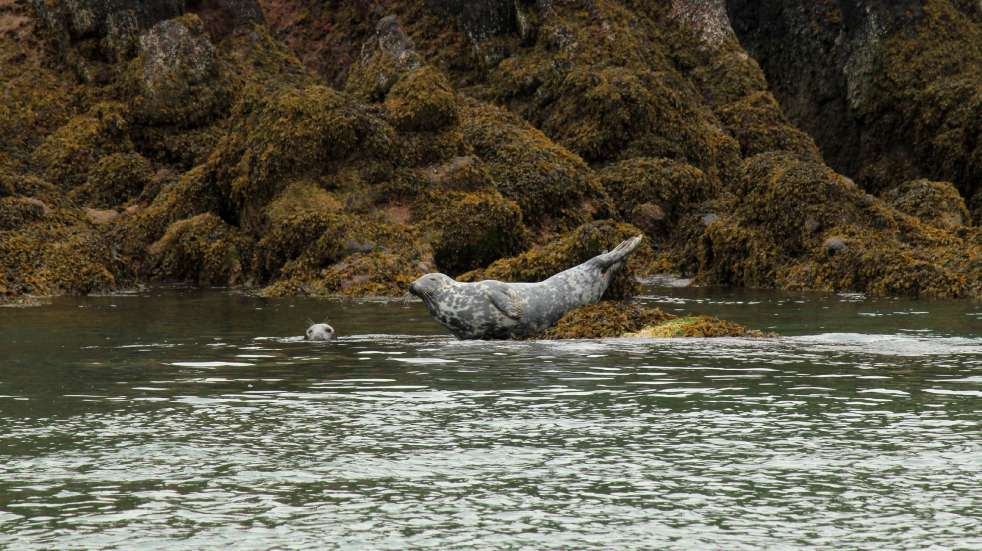
Keep an eye out for seals and other marine wildlife/Credit: Getty Images
Cardigan Bay is a haven for wildlife with its Marine Heritage Coast and multiple Special Areas of Conservation. Its waters are home to bottlenose dolphins, seen throughout much of the year, alongside harbour porpoises, Atlantic grey seals, and seabirds such as oystercatchers, curlews, and guillemots.
Seasonal visitors include sunfish, basking sharks, and occasionally even rare sightings of leatherback turtles, orcas, or humpback whales. Look to the skies to spot majestic red kites and buzzards. For a closer view of this stunning marine life, New Quay is the perfect starting point for boat trips.
Where to see wildlife in Northern Ireland
WWT Castle Espie
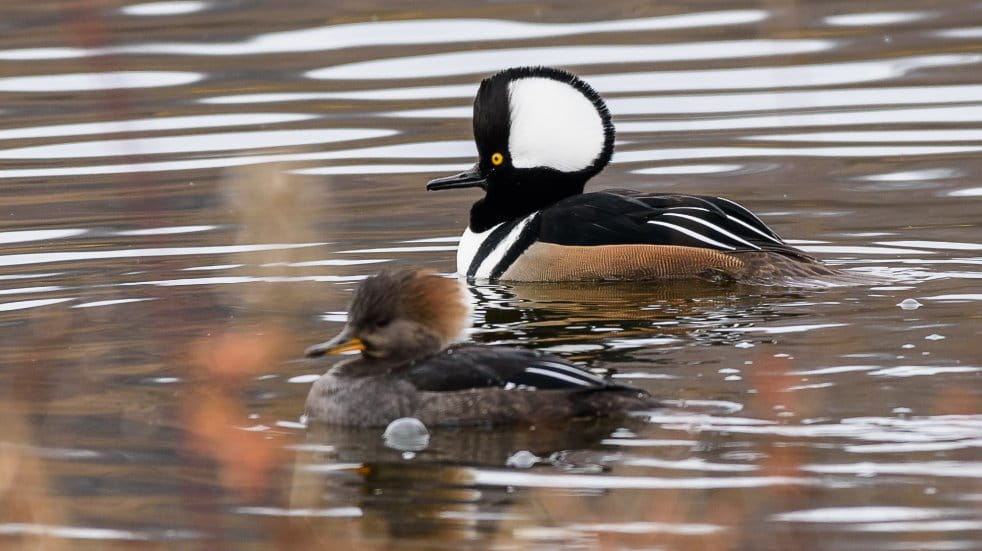
A hooded merganser, one of the species you might see at WWT Castle Espie. Credit: Getty Images
Despite its name, WWT Castle Espie is not a castle but a remarkable wetland centre on the shores of Strangford Lough. It boasts a large collection of ducks, geese, and swans and serves as a key wintering ground for thousands of pale-bellied Brent geese – almost the entire global population of this species.
Visitors can enjoy using the bird hides with telescopes for up-close wildlife viewing, explore woodland and waterside trails, and discover a reconstructed crannog (artificial island).
Families will love the children’s play areas, while the visitor centre offers an environmental art gallery, a gift shop, and refreshments at the Kingfisher Café. For current entry times and prices, check online.
Don’t forget, Boundless members enjoy unlimited entry to all nine WWT centres for themselves and up to five children, plus 50% off for one additional adult guest.
Do more with Boundless
If you're working in or retired from the public sector or civil service, Boundless has two great membership options to choose from: Boundless and Boundless Plus.
With Boundless, you get unlimited access or discounted entry to many of the UK’s top attractions, including Kew Gardens and Wakehurst and WWT centres across the UK, as well as year-round deals on restaurants, holidays, shopping and much more. With Boundless Plus, you can enjoy additional benefits including unlimited access to Historic Royal Palaces sites, National Trust for Scotland places, access to The Ramblers' extensive walking community, and peace of mind with roadside assistance and local recovery by LV= Britannia Rescue.





